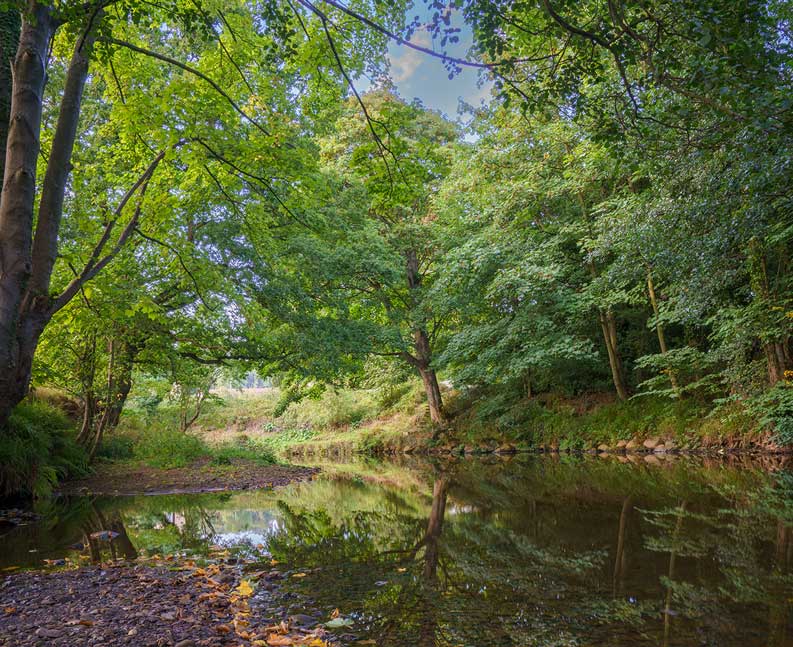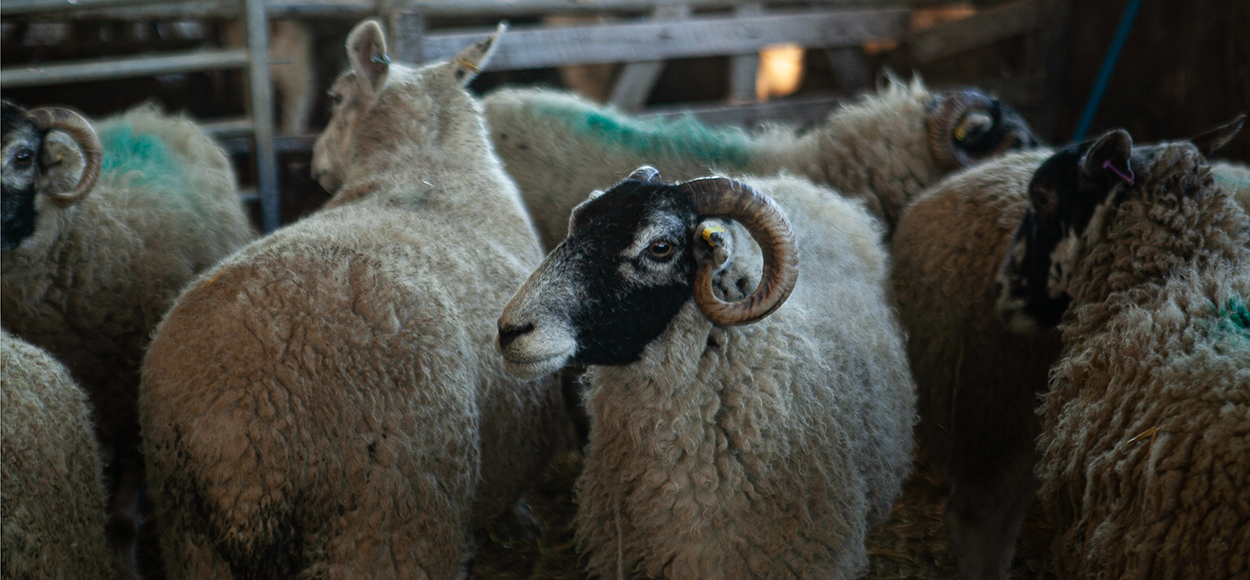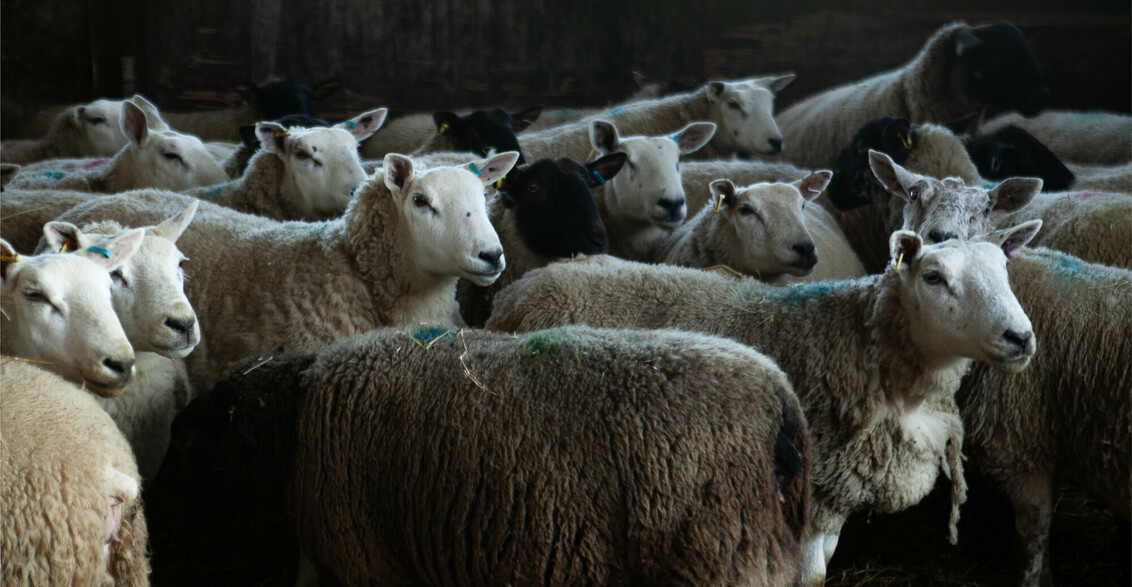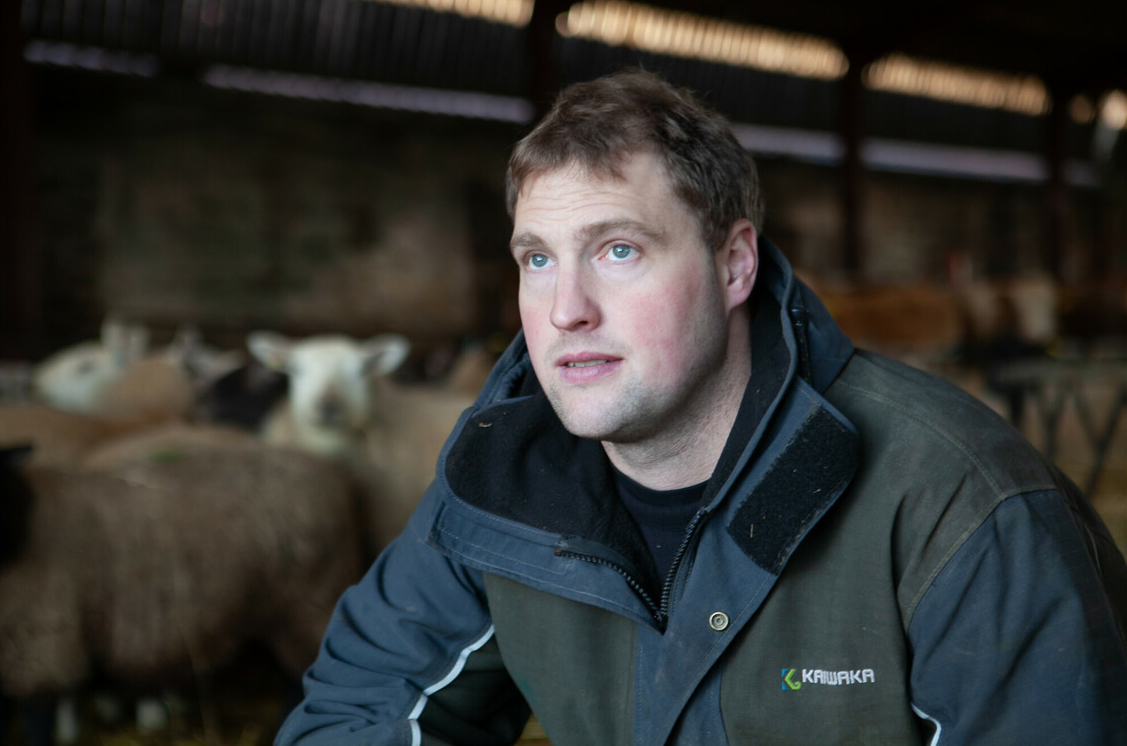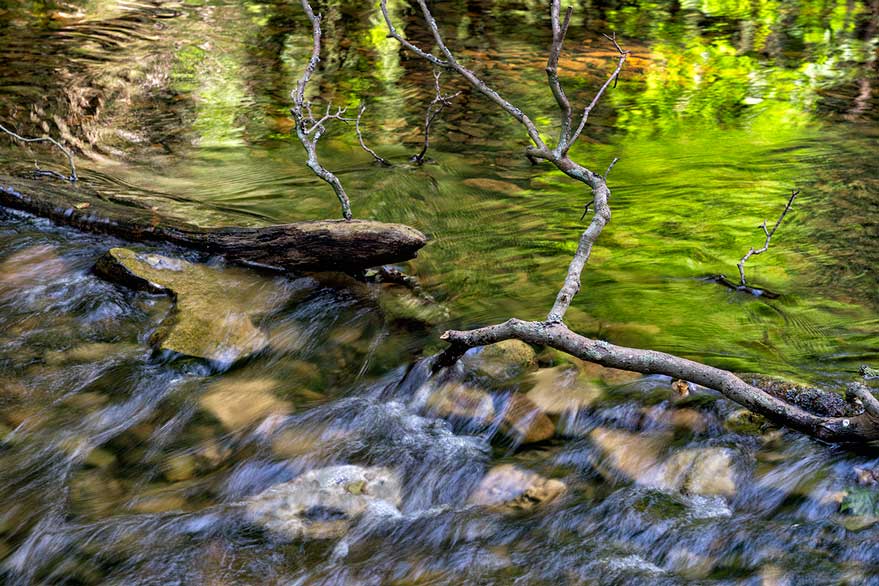A young sheep farmer is taking his first steps towards a more sustainable future for his flock and the land he stewards. A future that will see increased biodiversity along the beck that runs through his farm – a place he has known since birth. Together, with the North York Moors National Park Authority, he is taking steps to achieve this.
Biggin House Farm rests among 300 acres of arable and pasture of the Esk Valley – a place where swathes of grass and heather roll against the rise and fall of the land, a place where uplands brush the skies and dales tumble into wooded becks. The farmhouse has a striking and traditional appearance that is largely defined by its simple two storey construction and aged sandstone walls – a place with all the character and rustic charm one would hope to see in such iconic structures of the North York Moors, symbolic of a culture and rural way of life that spans generations. For 34 years, it has been the home and livelihood of the Jones Family - a place cherished by 66-year-old Ivor Jones, who first took to sheep farming after working for a local estate. His fondness for this place and the memories that he and his family have made is something that continues to motivate him: “40 years ago we would head down to the beck and there were that many trout and eel that we could catch them with our hands – it was great, but you can’t do this now. What we want to see is a future in farming for the youngsters coming through - a healthier, better future for our animals and for nature.” “What we want to see is a future in farming for the youngsters coming through - a healthier, better future for our animals and for nature.” Ivor Jones It is Ivor’s son Paul, now 31, who is eager to continue the running of the farm and to introduce changes that will benefit the natural world. “We respect nature and want to create a happy medium where we can sustain our livelihood and do more for the environment. With climate change, it is also the milder weather that has made things more challenging. Diseases are surviving the winter and we’re finding a lot more tick-borne illnesses impacting on the health of our flock.” One of the changes that Paul has already made is the improved protection and enhancement of a beck that runs through the farm. This quiet, small, and narrow waterway appears insignificant against the acres upon acres of pasture and hedgerows, but it has a presence that seemingly draws the land down from the surrounding slopes into its shaded recess, pillowed by thick grass and mature trees. It is also a significant tributary of East Row Beck, a vital coastal stream that carves its way through the landscape before meeting the sea at Sandsend. “We respect nature and want to create a happy medium where we can sustain our livelihood and do more for the environment. With climate change, it is also the milder weather that has made things more challenging. Diseases are surviving the winter and we’re finding a lot more tick-borne illnesses impacting on the health of our flock.” Paul Jones To improve this precious feature, Paul was granted funding by the North York Moors National Park Authority through their Coastal Stream Restoration grant to create two ‘buffer’ strips along the beck. This involved fencing off two sections of the river to prevent grazing and for the planting of native broadleaved trees, such as willow, rowan, oak, hazel and sycamore. Given its presence in the landscape and the memories that the beck holds, it is something that both Paul and Ivor are keen to improve and once the roots of these trees has grown it well help to stabilise the bank and reduce the amount of sedimentation entering the beck. Such efforts will improve the water quality and provide a healthier habitat for species like trout and eel to live and thrive. Sarah Lonsdale, who runs and approves the grant for the National Park Authority, is keen to see more farmers and land managers take part in such initiatives. “Individuals like Paul and Ivor, who have farmed this land for many years, recognise the role they need to play and indeed the role we must all play in doing more to protect, conserve and improve the natural world. “Such measures contribute towards creating a healthier and more resilient landscape, whilst improving the welfare of livestock, reducing diseases, increasing animal shelter, and greater support towards the compliance of Government regulations such as the new ‘Farming Rules for Water’. “Depending on what work needs to be carried out and its benefit to the health of our rivers, we are able to provide up to 100% of the project costs. Get in touch to see what funding might be available to you.” If you are a farmer, landowner or land manager, head to the nature recovery hub where you can find out about what funding you can apply for, including the Ryevitalise grant. If you are simply interested in making a difference to improving the health of our rivers, head to our Nature recovery pages.